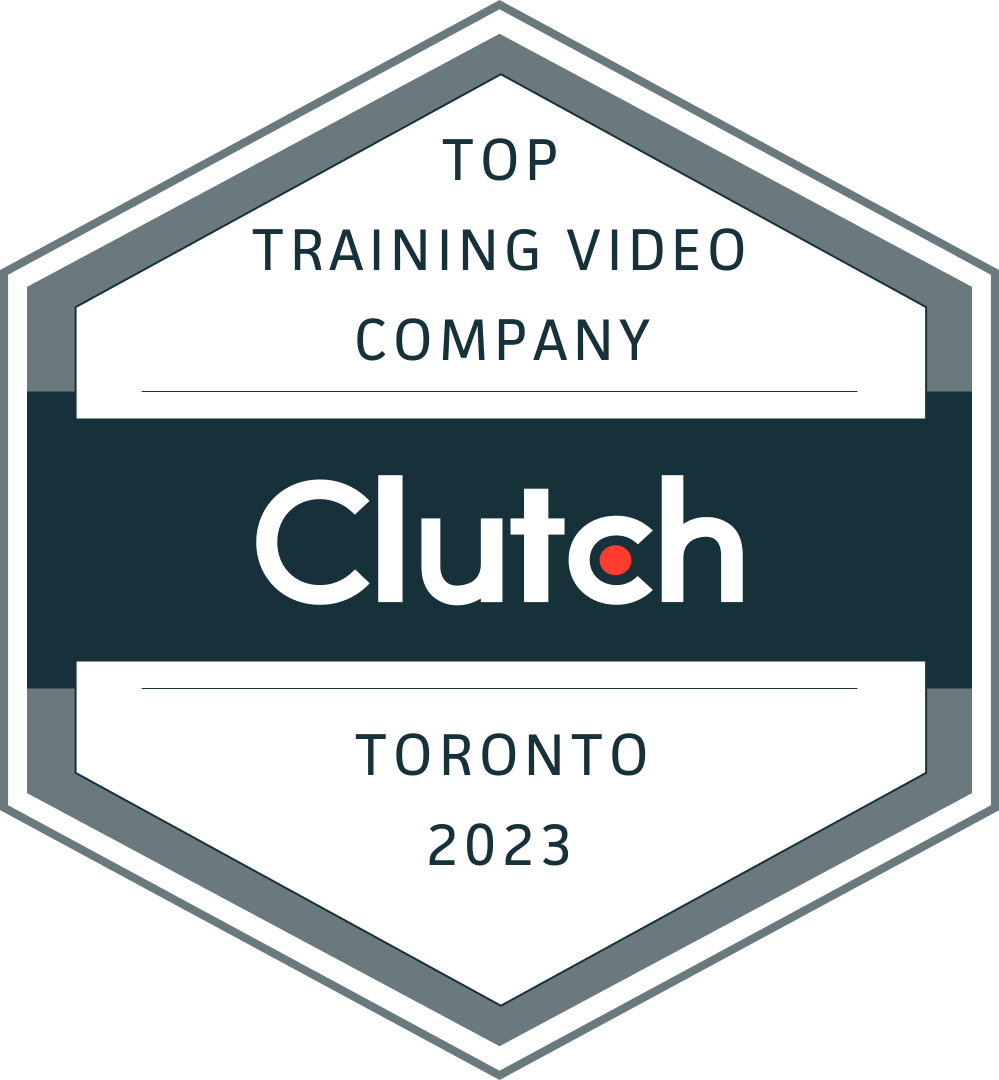What does it mean to be AODA-compliant for video?
This is a question we hear frequently, largely because there isn’t that much widespread information out there specifically for video in the Accessibility for Ontarians with Disabilities Act, or AODA. If this is your first time hearing about AODA, check out our previous post about it here.
Many business owners are at least aware that if their web content isn’t on par with accessibility standards in Ontario, they run into the risk of trouble, leading to possible fines. For corporations, these fines can be as high as $100,000 per day, after multiple offenses.
We’re here to make it simple and clear what you need to be AODA-compliant with your videos – and what additions are purely nice to have but not legally mandatory.
Officially, this is what is required by legislation in Ontario:
(4) Designated public sector organizations and large organizations for their internet websites shall meet the requirements of this section in accordance with the following schedule:
- By January 1, 2014, new internet websites and web content on those sites must conform with WCAG 2.0 Level A.
- By January 1, 2021, all internet websites and web content must conform with WCAG 2.0 Level AA, other than,1.2.4 Captions (Live), and 1.2.5 Audio Descriptions (Pre-recorded). O. Reg. 191/11, s. 14 (4).
Take extra note of the phrasing: “designated public sector organization and large organizations.” You might think this means AODA does not apply to you if are not considered a “large organization.” It’s a bit greyer than that.
The AODA applies to all levels of government, nonprofits, and private sector businesses across Ontario with one or more staff. Regardless of your business size, you are impacted by AODA’s requirements. Naturally, the chance of being fined and the cost of the fines are much lower for smaller organizations with fewer than 50 employees. There likely isn’t enforcement or active monitoring by a dedicated AODA ‘police,’ but rather AODA’s contact with you is based on how many complaints they receive from users unable to access your content, and if you refused to provide suitable alternative options to accommodate their needs.
To avoid any potential issue, it’s recommended that all private sector organizations, at a bare minimum, aim to achieve at least WCAG 2.0 Level AA for their site, and WCAG 2.0 Level A for their ‘time-based’ (i.e. video or audio) content. Here’s how to do that.
As a private business, to reach an acceptable WCAG 2.0 Level AA for 2021, you must have for your video/audio content:
Alternatives for Video-Only or Audio-Only Content
If you are delivering information through a video that has no sound, you must offer at least one reasonable alternative, such as a text transcription of the video that details the actions within the video, or an audio track describing the actions of the video.
Similarly, an audio track with no visual representation, unless it is a music track, at least requires a text transcription as an alternative medium.
Captions for Prerecorded Content
If your video was not live, it requires captions synchronized with the media. Both open (always visible) and closed captions are acceptable.
Audio Description or Media Alternative
Audio descriptions are narrations of the actions occurring on-screen and typically occur during breaks in the natural narration or dialogue within the video content. As of 2021, text transcriptions are an acceptable alternative to audio descriptions, but they must include all descriptions of crucial actions that occur on screen. For example, the transcription for a video tutorial should include descriptions of the demonstration for someone unable to see the video itself.
For dramatic scenarios, the script or screenplay is typically written before filming but often sees some changes during the actual filming. Linking to this screenplay is acceptable as a text-based alternative for prerecorded video content, but must be updated to accurately represent what the final video product portrays.
Currently for 2021, unless you are part of the Government of Ontario and the Legislative Assembly, your video content does NOT legally have to include:
Synchronized captions for live video content
When a video is played live on your website via a broadcasting platform, it does not legally require captions. However, if you later save that recording and it remains on your website, then it will be considered ‘prerecorded content’ and therefore require captions.
Audio Descriptions
As audio descriptions are still less common in use compared to video captions, most businesses will not be charged for excluding them specifically as long as they offer a suitable alternative. However, it is good practice to keep note that this may change in the near future, and incorporating or planning for audio descriptions in your content may benefit you in the long run.
Even if you do not meet these two requirements you will still be able to reach the required Level AA standing for web content. However, to “future-proof” your standing it is highly recommended to try to incorporate these additional mediums anyway. These are the only exceptions to reaching WCAG 2.0 Level AA in 2021, so ensure that your website meets Level AA for all other matters.
Should I bother with accessibility?
Once more, the level of enforcement for these requirements is still unknown and likely will not come into effect for smaller organizations. Regardless, it is a regulation in place that no organization is technically exempt from. However, accessibility should be a goal that companies strive for because of its benefits in the market, rather than its ramifications.
Accessibility is a growing trend with increasing demand and may lend a potential SEO boost in the future. More immediately, adding more text-based alternatives helps search engines like Google more easily ‘crawl’ your page. Additionally, accessibility ‘scores’ may be a foreseeable trend in the future, which could affect overall SEO ranking as we head towards a more inclusive world.
Interested in creating accessible, AODA-compliant videos, or turning existing videos into AODA-compliant content? Contact us here and we can get your web video content set for AODA standards! Ready to take a hand at making your own video content? Check out our extensive online course to become your own DIY video making expert.
The post AODA and Video Media in 2021 – What is Legally Required? appeared first on Arc and Crown Media.








